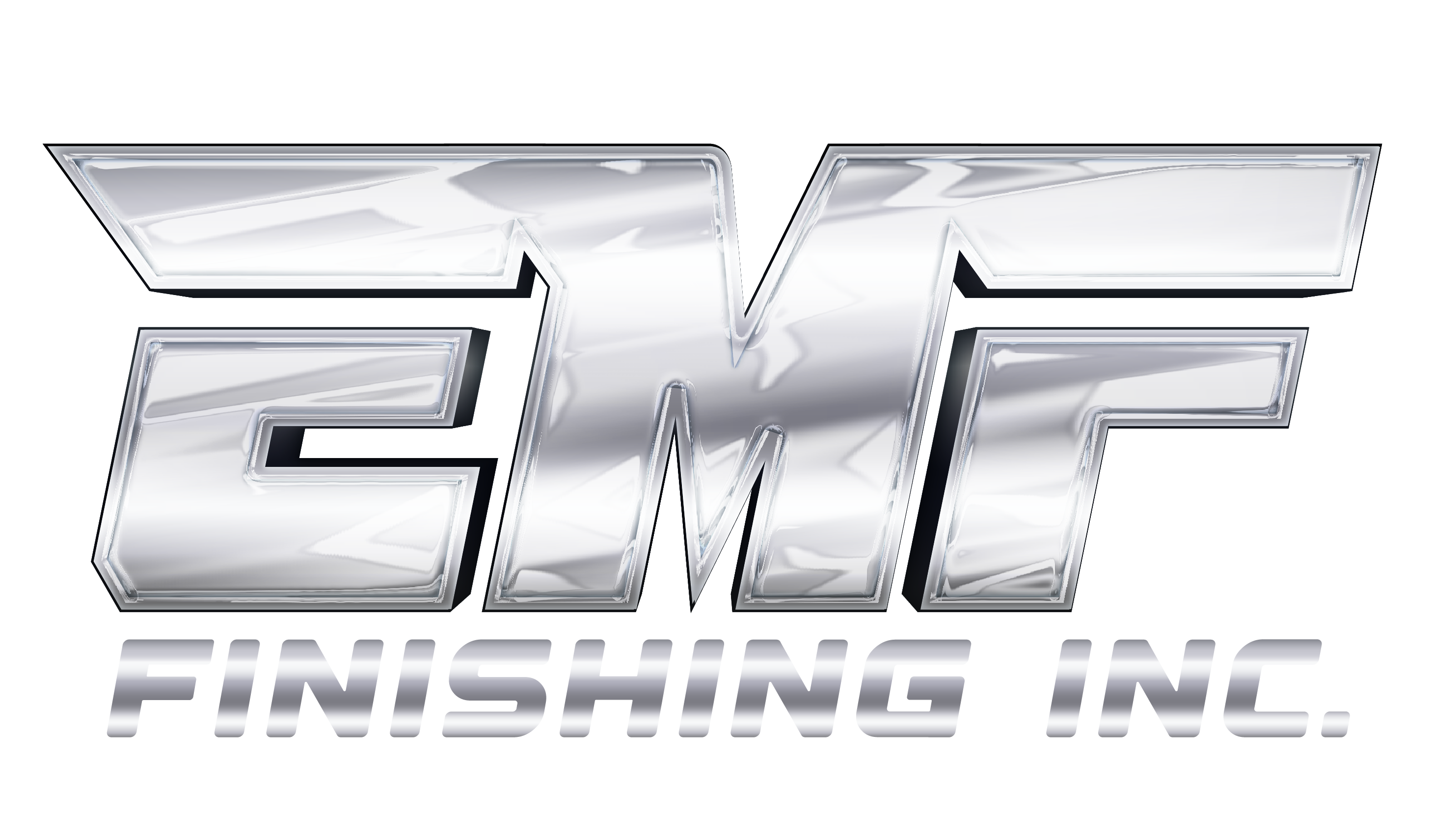Services
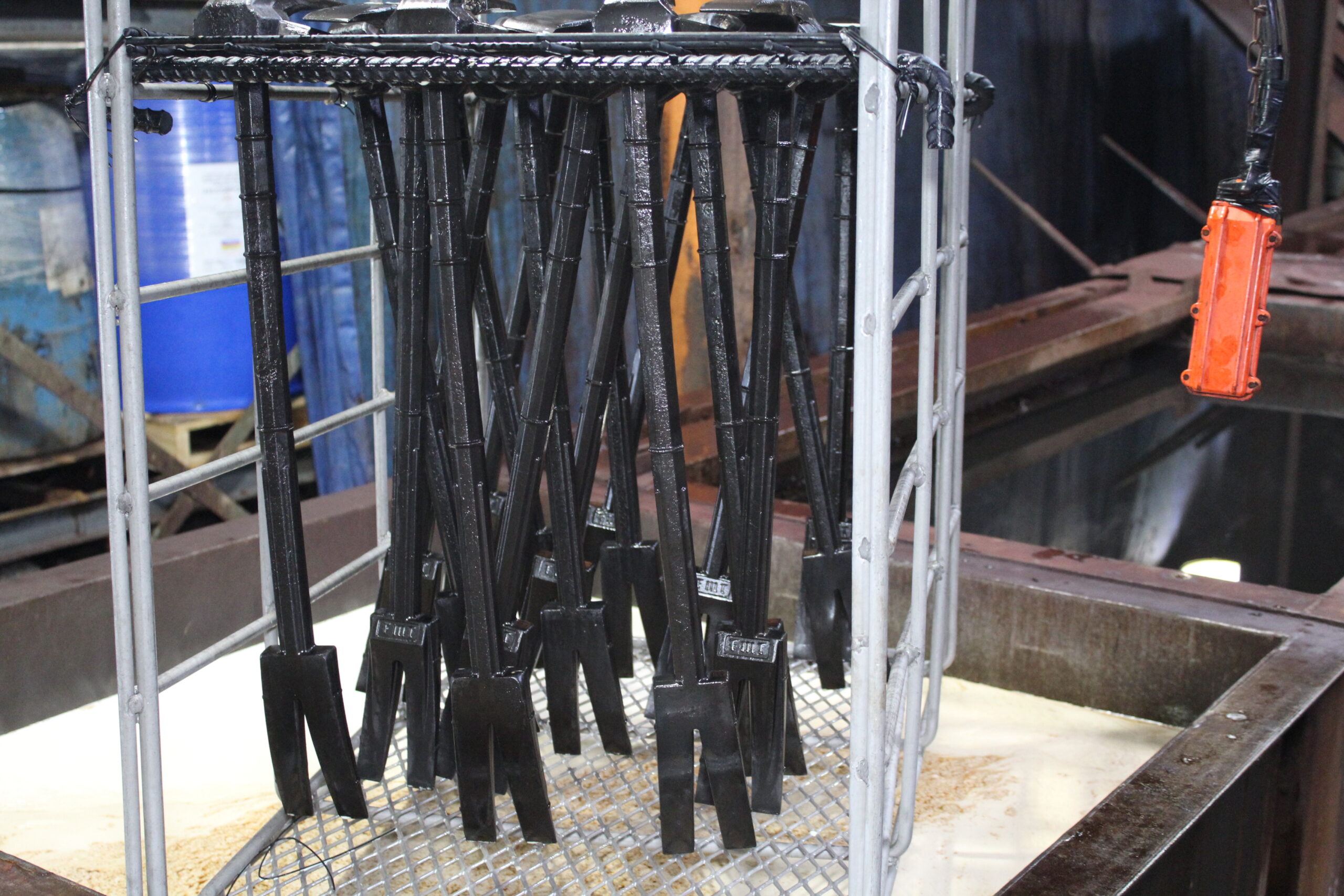
Black Oxide
Black Oxide Is a conversion coating that produces a chemical black finish on iron or steel by converting the surface to black iron oxide. This coating chemically becomes a part of the steel surface. This produces a uniform coating with a negligible .000030 inch thickness.
APPEARANCE: Depending on the pretreatment and base metal used, the black oxide finish can produce an attractive satiny smooth black to a matte black finish.
ABRASION RESISTANCE: Because the black oxide finish is an integral part of the steel surface itself, it does not crack, peel, chip, or rub off. Therefore, treated parts can subsequently be bent, twisted and formed without damage.
CORROSION RESISTANCE: The black oxide coating itself provides nominal resistance to corrosion, whereas the supplemental sealant treatment (oil or other corrosion inhibitor) is responsible for the corrosion resistance.
OTHER PROPERTIES: The black oxide coating reduces friction, preventing galling and scoring on moving parts. It provides considerable resistance to organic solvents. The finish will not change the hardness properties of heat-treated steels.
SUMMARY: Black oxide has a wide range of applications for military, commercial and consumer products throughout the world. It provides an attractive black finish, nominal resistance to corrosion, protection from abrasive conditions, an excellent base for organic coatings and virtually no dimensional change to the base metal.

Passivation
Passivation is a process through which the surface of metal is made “passive” or less reactive with its environment and is thereby protected from corrosion. As a metal finishing technology, passivated metal has a light coat of protective material, such as metal oxide, that provides a shell against corrosion.
By adding chromium to the alloy, stainless steels produce a thin layer of chromium oxide on the surface of the substrate, and because chromium oxide is inert or “passive,” the surface is naturally corrosion resistant.
But some corrosion can still occur; contaminants in the smelting environment, chemicals added to improve the workability characteristics of the substrate, or particles of other metals introduced to the steel during machining processes can prevent the development of a hermetic oxide film layer and thus result in corrosion.
We use the passivation process to provide the maximum elimination of all ferrous contamination, tooling particulates, and microscopic impurities on multiple varieties of stainless steel used in the marketplace. We use citric acid treatments to restore the stainless steel surface to its condition prior to machining. Passivation prepares steel surfaces, making them very receptive to the next downstream operation. Passivation primarily involves stainless steel, but we handle other metals as well including titanium.
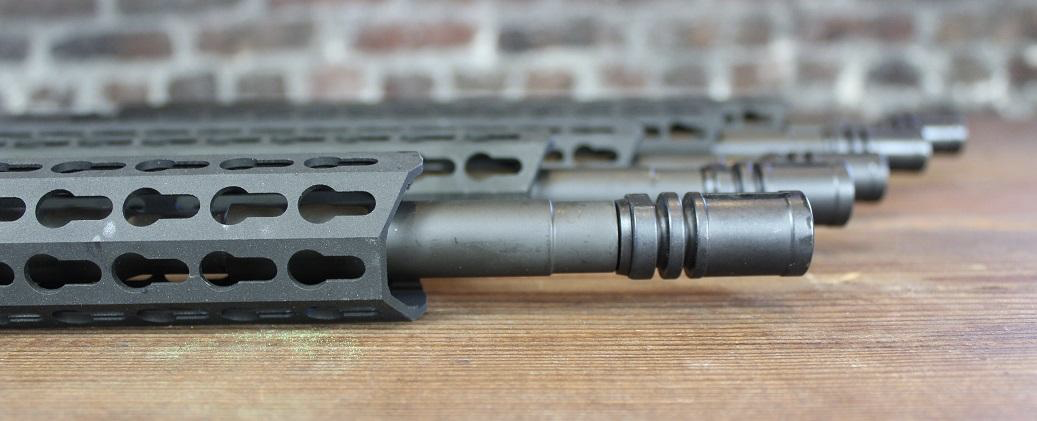
Parkerizing
Parkerizing is an age-old process, similar to anodizing but without electrical current. Parkerizing is the process of protecting ferrous metals from corrosion and wear by applying a chemical coating. Parkerizing is a chemical process using a low strength acid combined with either manganese or zinc. The metal is media blasted and then submerged in the acid bath. This etches the metal from the acid bath into the workpiece. We offer both Zinc and Manganese parkerizing finishes. A Zinc finish is a little lighter and has a gray/charcoal look. Manganese is darker with a dark charcoal tint.
Parkerizing is just another name for a chemical coating process called phosphate conversion coating, or simply "phosphating." Phosphating changes one element into another, bonding the new material to the surface to make a protective coating.
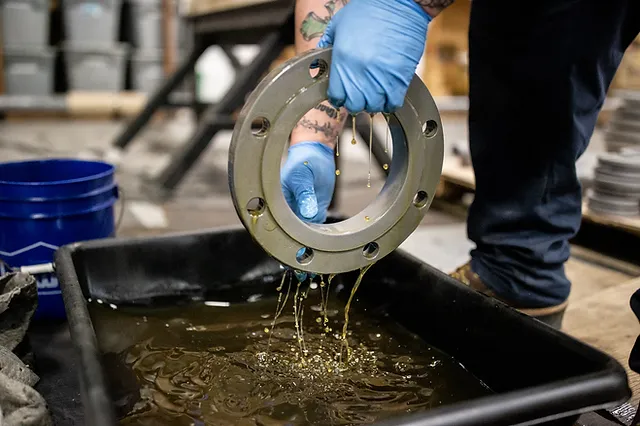
Pickling and Oiling
Steel pickling and oiling is a metal surface treatment finishing process used to remove surface impurities such as rust and carbon scale from hot rolled carbon steel. The steel is submersed in a bath of pickle solution, a solution of hydrogen chloride acid, to remove the impurities from the surface of the steel. The steel is then placed in either water soluble oil or a mineral based oil to prevent flash rust from forming on the pickled steel while it awaits further fabrication.
We perform batch pickling and oiling of hot rolled carbon steel products of many different types. We can pickle flat bars, angles, tubing and plate material up to 20 feet long. We also can do smaller specialty parts.

Sand Blasting
Sandblasting is a general term used to describe a type of surface cleaning that propels very fine bits of material at high velocity to clean or etch a surface. Sandblasting is a good way to prime a surface before applying paint or a sealant. Sandblasting knocks all imperfections off a surface, such as trapped dust, dirt or bubbles from a previous layer of paint, leaving it smooth and ready-to-paint.
Our team has more knowledge and experience in sandblasting than any of our competitor in our area. We use state-of-the-art, abrasive blasting equipment, which is environmentally friendly and safe to use on a number of surfaces, including concrete, wood, stucco, and brick.
We offer quality, affordable sandblasting services, which can safely and effectively clean and prepare a multitude of surfaces. Don’t trust your surface preparation project to just anybody. Our expert sandblasting team will make sure the job gets done right.
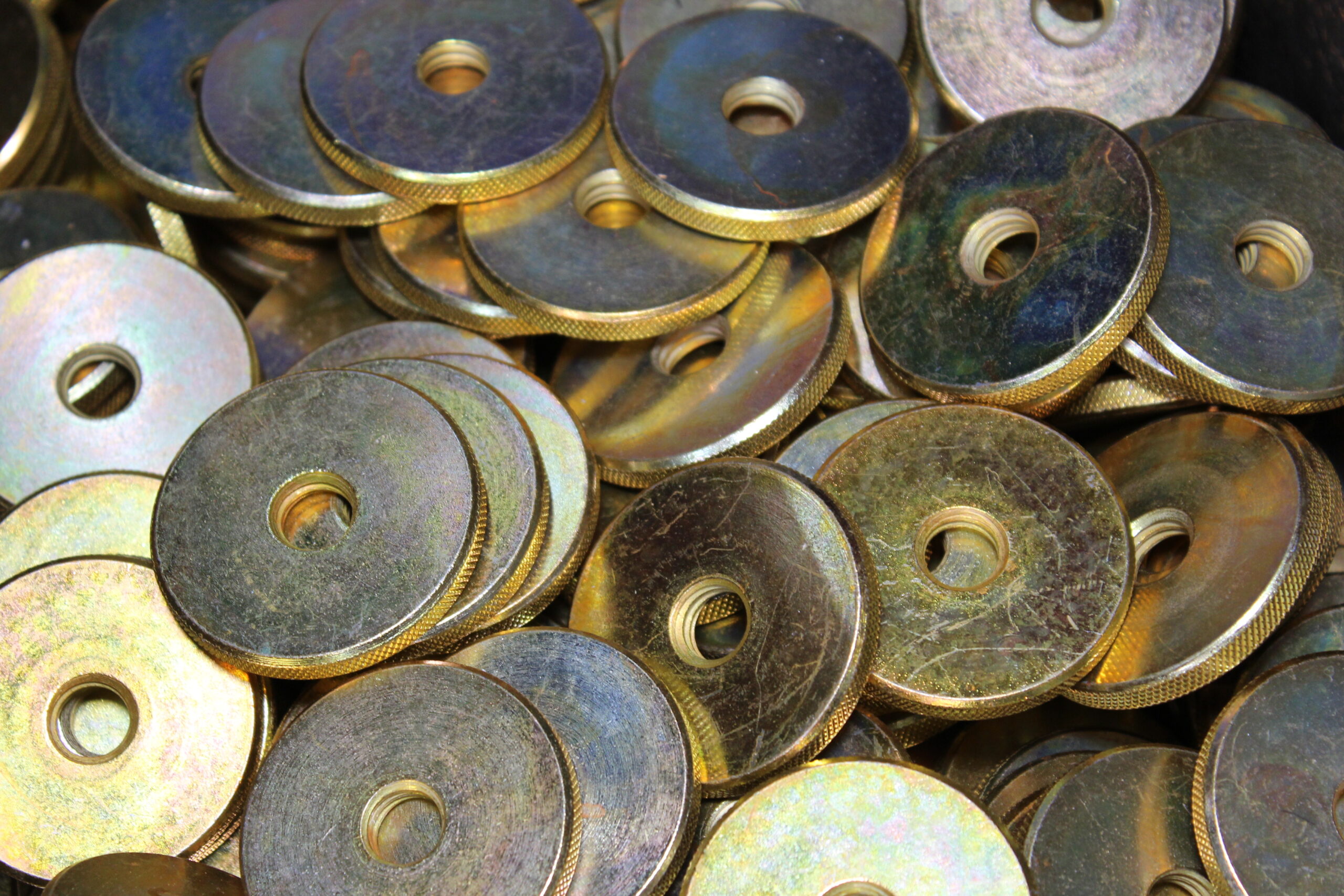
Zinc Plating
Rack Zinc Plating Services
Sandblasting is a general term used to describe a type of surface cleaning that propels very fine bits of material at high velocity to clean or etch a surface. Sandblasting is a good way to prime a surface before applying paint or a sealant. Sandblasting knocks all imperfections off a surface, such as trapped dust, dirt or bubbles from a previous layer of paint, leaving it smooth and ready-to-paint.
Barrel Zinc Plating Services
Our team has more knowledge and experience in sandblasting than any of our competitor in our area. We use state-of-the-art, abrasive blasting equipment, which is environmentally friendly and safe to use on a number of surfaces, including concrete, wood, stucco, and brick.
We offer quality, affordable sandblasting services, which can safely and effectively clean and prepare a multitude of surfaces. Don’t trust your surface preparation project to just anybody. Our expert sandblasting team will make sure the job gets done right.
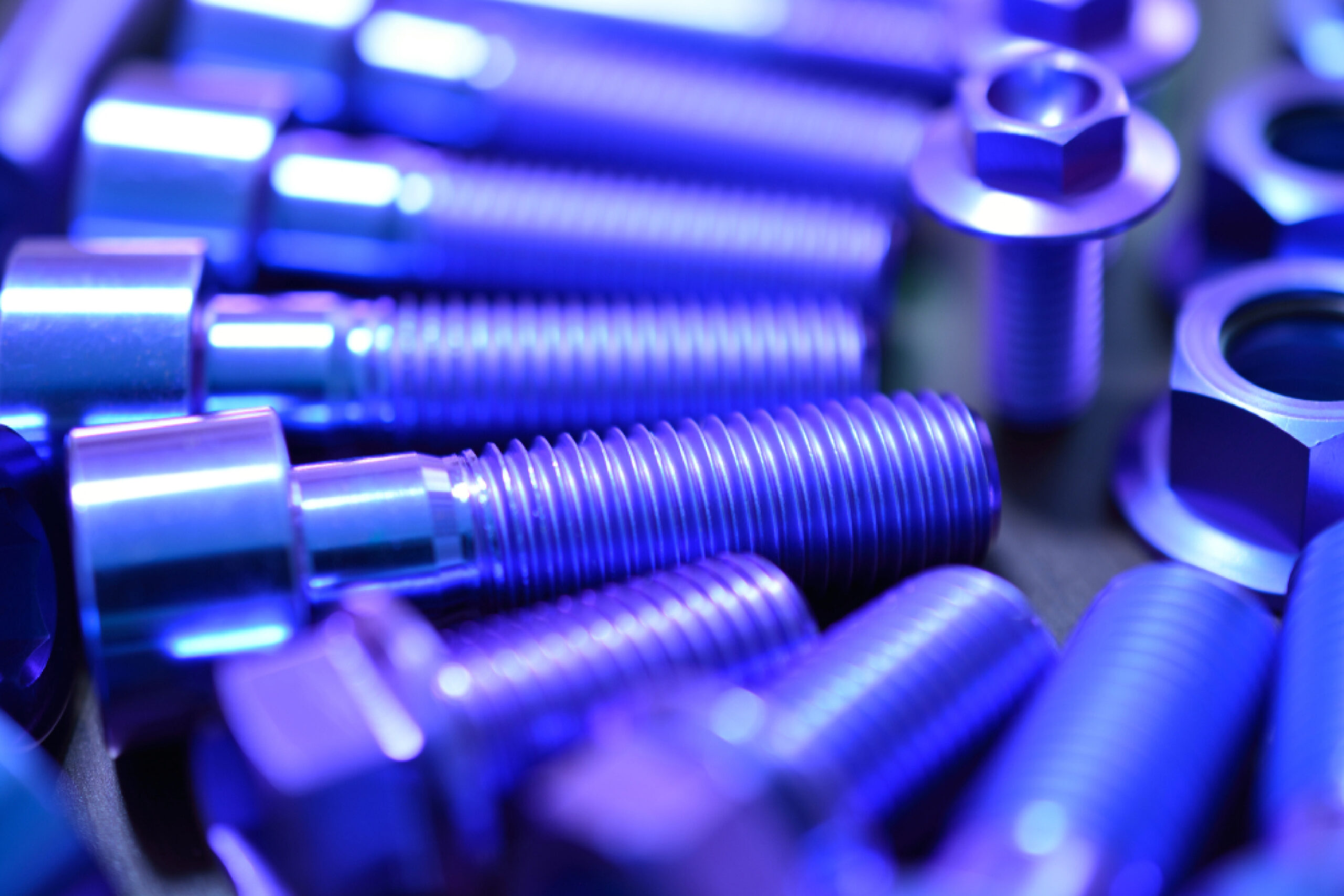
Anodizing Services
We offer a comprehensive spectrum of anodizing processes. We have become an expert at anodizing fabricated parts and welded assemblies. As with many projects, aluminum extrusions often require additional processes to meet the customer's finished part specifications.
Anodizing is an electrochemical process that converts the metal surface into a decorative, durable, corrosion-resistant, anodic oxide finish. Aluminum is ideally suited to anodizing, although other nonferrous metals, such as magnesium and titanium, also can be anodized.
The anodic oxide structure originates from the aluminum substrate and is composed entirely of aluminum oxide. This aluminum oxide is not applied to the surface like paint or plating, but is fully integrated with the underlying aluminum substrate, so it cannot chip or peel. It has a highly ordered, porous structure that allows for secondary processes such as coloring and sealing.
Anodizing is accomplished by immersing the aluminum into an acid electrolyte bath and passing an electric current through the medium. A cathode is mounted to the inside of the anodizing tank; the aluminum acts as an anode, so that oxygen ions are released from the electrolyte to combine with the aluminum atoms at the surface of the part being anodized. Anodizing is, therefore, a matter of highly controlled oxidation, the enhancement of a naturally occurring phenomenon.

Dip Spin Metal Coating
Dip-spin coating is a superior anti-corrosion coating and protection process for many applications. This is especially true for small parts with hard-to-reach areas that require exacting specifications. For many applications such as nuts, bolts, screws, fasteners, clips, and small hardware dip-spin is not only the most precise coating solution, it’s also the most economical.
With the dip-spin process, parts are placed in a wire-mesh basket and submerged into a coating solution. After a specified immersion time, the coating container drops and the basket is spun to remove the excess coating. The basket then dumps the parts onto a vibrating tray where they are evenly distributed for curing.
Dip-Spin Provides Superior Coating for Many Applications, Including:
- Fasteners
- Nuts
- Bolts
- Screws
- Stampings
- Springs
- Clamps
- O-rings
- U-bolts
- Motor mounts
- And More!
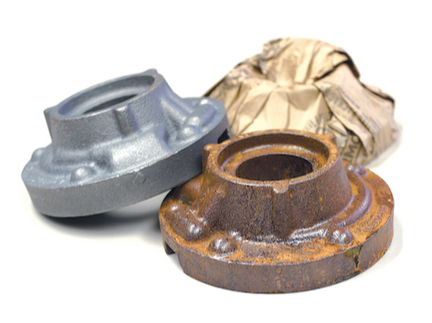
Corrosion and Rust Removal
Rust is a pain that shows the abuse an item was subjected to due to weather and environment. We use the process of acid dipping to strip the object of the thick and flaky crust that is encompassing or has already overcome the commodity. In order to be able to use chemical stripping, the coating must be oxidized to an ionic state.
Hydrochloric acid (HCI) is used in the process of “Pickling” steel. Before a rusted metal can be subjected to the process of rolling, galvanizing, or other methods, it must first be subject to the removal of iron oxide, or rust. We use HCI to remove all rust and paint. If the metal is more electrochemically active then HCI is the best choice. Adding an inhibitor can also remove a nickel deposit from copper-plated steel while leaving the copper intact. Diluted with water, HCI is a more sensitive way to strip rust off of an object. Hydrochloric acid is our preferred method in chemically removing rust from metals.

Manganese, Zinc and Iron Phosphate Coatings
Manganese Phosphate, Zinc Phosphate and Iron Phosphate are the treatment of iron or steel by immersion in a solution of phosphoric acid and other compounds. During the process the surface of the metal is chemically converted to form a protective layer of manganese, zinc or iron phosphate crystals.
Iron Phosphate Coating is applied when strong adhesion of a subsequent painting is required.
Zinc Phosphate Coating is applied when excellent corrosion resistance is needed. Zinc phosphate is mainly used as rust proofing and as Chemical Agent Resistant Coating (CARC) on military equipment including munitions, ground and aviation, allowing them to withstand harsh environmental conditions.
Manganese Phosphate Coating is applied when anti-galling and wear resistance are required. It also has the capability to retain oil, improving lubricity and corrosion resistance even further. Commonly used on bearings, bushings, fasteners and other industrial parts, including transmission systems, motor vehicle components, leaf and coil springs and brake & clutch assemblies.
Rack Processing involves attaching parts to metal racks with hooks, wires or spring fingers - allowing components to stay fixed in place during immersion into the plating solution. Rack processing is ideal for delicate parts not able to tolerate the tumbling produced by barrel processing. Rack processing can also work well for large or complex components, plating intricate details with precision. Rack Processing is a favored method used by industries where a high-caliber finish is critical such as automotive, military, medical and electronics.
Barrel Processing provides a uniform, smooth coating. Parts are rotated slowly while submerged in a plating solution. Barrel processing increases defense and prevention of corrosion and offers an economical solution for plating high volumes of small, durable parts such as fasteners, nuts and bolts. Barrel plating is a good option for plating metal parts of various shapes and sizes.

